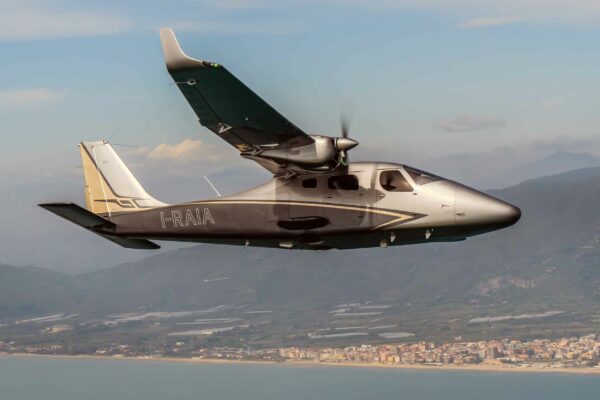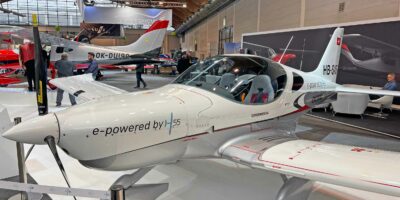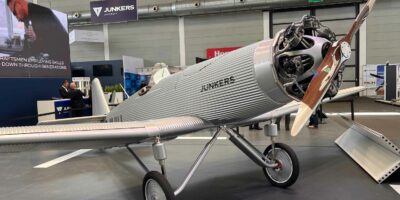Key changes to the airspace affecting London airports and the south-east of England have been approved by the CAA and will come into operation in February 2016.
The changes cover an area from Stansted to the Isle of Wight, including parts of Suffolk, Norfolk, Essex, Kent, Sussex and Hampshire. Changes will affect commercial aircraft using London City, Stansted, Luton, Southampton, Bournemouth, Northolt and Biggin Hill airports.
The changes are part of what’s known as the London Airspace Management Programme (LAMP). In Phase 1a, just approved:
- Module A – Stansted departure switch transferring the bulk of southerly departures via Detling in Kent to the south east of the airport via Essex/Clacton (CLN) to a point off the north-east corner of Kent (over the sea).
- Module B – London City satellite navigation departures to replicate existing conventional departure routes.
- Module C- London City network proposals with a slight re-positioning of southerly departures further to the east enabling arrivals via the Thames Estuary via the new Point Merge procedure.
- Module D – Luton and Northolt departure changes which occur in the latter stages of the existing departure profiles which do not affect low altitude routes below 7000 feet.
- Module E – Changes to airspace over the Solent and the Isle of Wight affecting Southampton, Bournemouth and Farnborough arrivals and departures.
The changes cover an area from Stansted to the Isle of Wight, including parts of Suffolk, Norfolk, Essex, Kent, Sussex and Hampshire. Changes will affect commercial aircraft using London City, Stansted, Luton, Southampton, Bournemouth, Northolt and Biggin Hill airports.
“It is the first significant change as part of the UK’s Future Airspace Strategy (FAS), which is set to modernise airspace by 2020,” said the CAA. “This is part of a European project to improve airspace infrastructure to deliver a more efficient use of airspace and enable environmental improvements including fuel and CO2 savings by aircraft flying more direct routes and with faster climbs and descents reducing impact on the overflown.”












